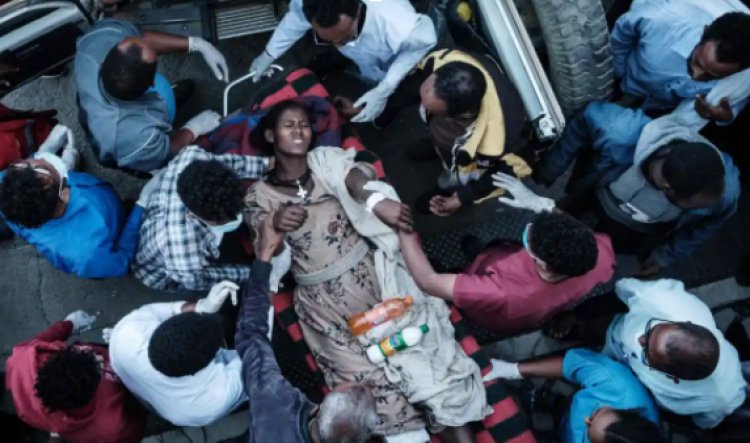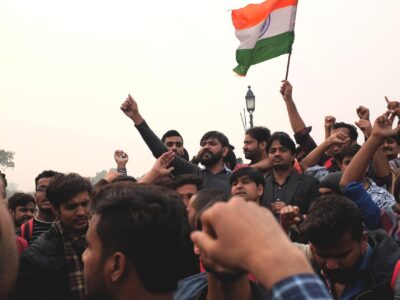(Victim of Togogo Airstrike Carried on a Stretcher to a Hospital in Mekelle. Image from https://www.theguardian.com/world/2021/jun/24/ethiopian-airstrike-tigray-market)
The Political Origins and Devastating Consequences of the Tigray Civil War by Mathilde Jensen








Comments